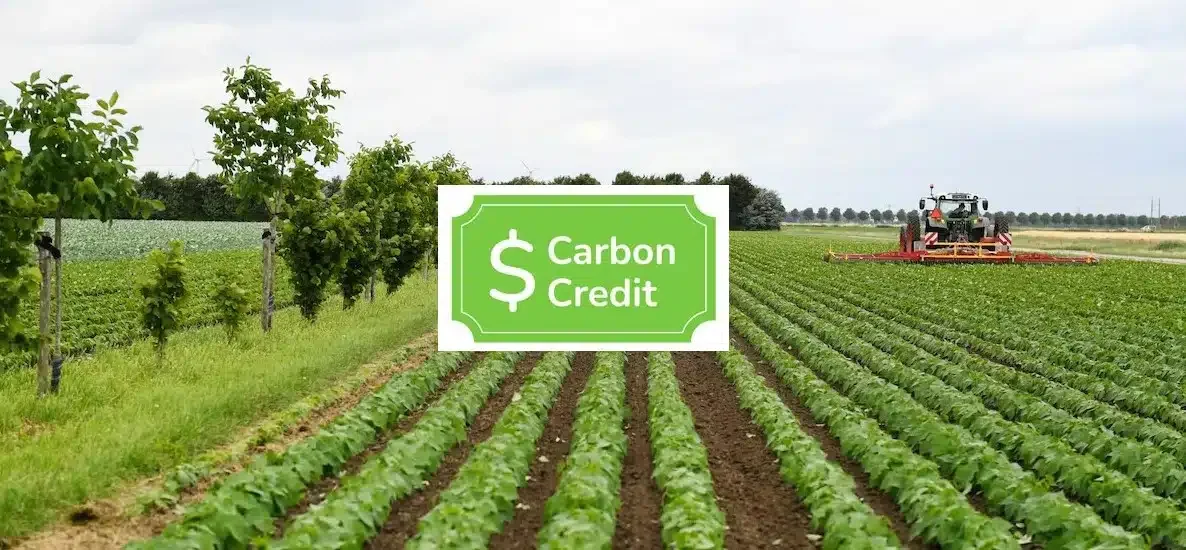Framework for Voluntary Carbon Market in Agriculture Sector (Down To Earth)

- 30 Jan 2024
Why is it in the News?
The central government recently launched a framework to promote voluntary carbon markets in the agriculture sector.
What are Carbon Markets?
- Carbon markets are trading systems in which carbon credits are sold and bought.
- Companies or individuals can use carbon markets to compensate for their greenhouse gas emissions by purchasing carbon credits from entities that remove or reduce greenhouse gas emissions.
- One tradable carbon credit equals one tonne of carbon dioxide or the equivalent amount of a different greenhouse gas reduced, sequestered or avoided.
- When a credit is used to reduce, sequester, or avoid emissions, it becomes an offset and is no longer tradable.
Why are Carbon Markets Important?
- Scientists warn that 2°C of warming will be exceeded during the 21st century unless we achieve deep reductions in GHG emissions now.
- Effective action will require concerted and sufficient investment, knowing also that the costs of inaction will be far higher.
- The latest IPCC report finds all countries are falling way short, with financial flows three to six times lower than levels needed by 2030 – and even starker differences in some regions of the world.
- Many countries are turning to carbon markets as a key component in driving and financing the necessary transformation to tackle the climate crisis.
How Many Types of Carbon Markets Are There?
- There are broadly two types of carbon markets: compliance and voluntary.
- Compliance markets are created as a result of any national, regional and/or international policy or regulatory requirement.
- Voluntary carbon markets (VCM)– national and international – refer to the issuance, buying and selling of carbon credits, on a voluntary basis.
- The current supply of voluntary carbon credits comes mostly from private entities that develop carbon projects, or governments that develop programs certified by carbon standards that generate emission reductions and/or removals.
Importance of Establishing a VCM Framework in the Agricultural Sector:
- Emission Concerns: Agriculture in India contributes approximately 15% of the nation's greenhouse gas emissions, highlighting the urgent need for mitigation strategies.
- Vulnerability: With around 50% of cultivated land being rainfed and more than 80% of farmers categorized as small or marginal, the sector is highly susceptible to the impacts of climate change.
- National Mission on Sustainable Agriculture (2010): This initiative focuses on promoting adaptation measures such as agroforestry, micro irrigation, and soil health management, which not only reduce emissions but also offer opportunities for carbon sequestration.
- Additional Income Opportunities: Through the implementation of these practices, farmers can potentially generate additional income streams.
